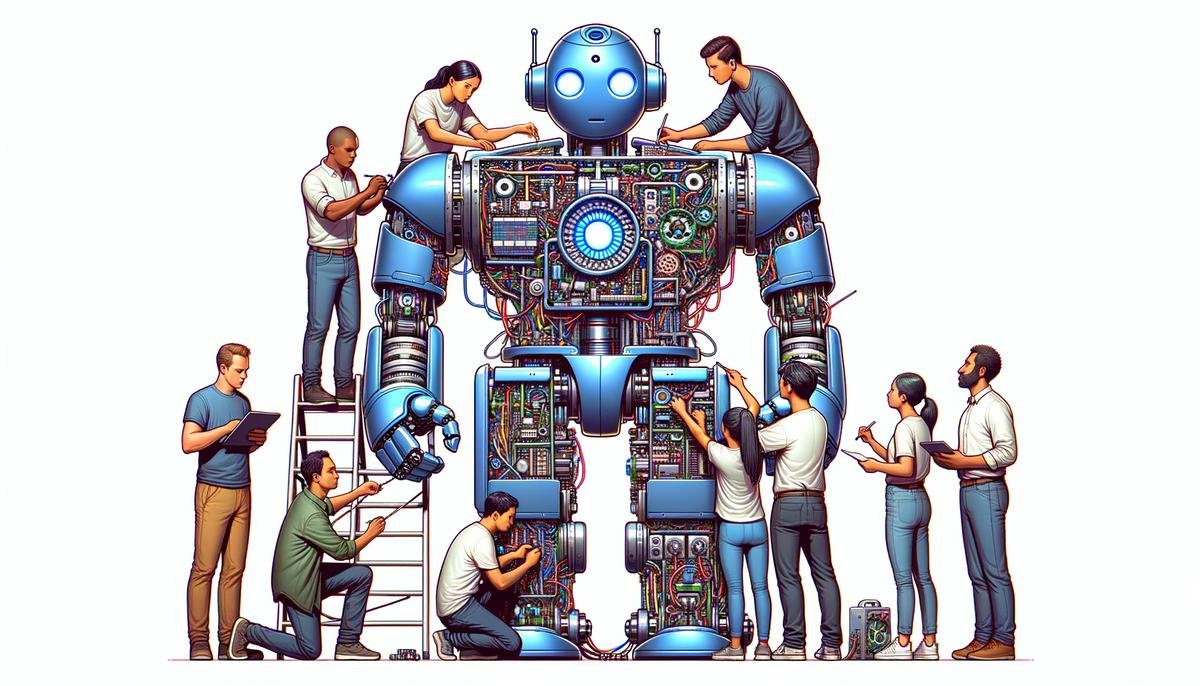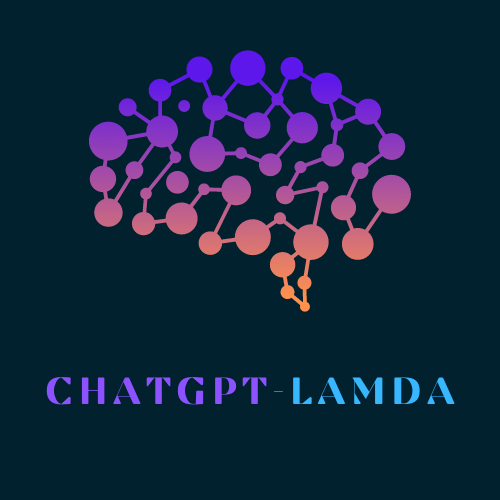Understanding Autoencoders
Autoencoders are deep learning tools with an encoder-decoder structure. They compress data into a smaller space and then rebuild it, making them useful for tasks like dimensionality reduction and image denoising.
In dimensionality reduction, autoencoders identify and retain essential features from complex datasets. For image denoising, they break down noisy images into core components and reconstruct clearer versions.
Autoencoders function like artists capturing the essence of data with minimal strokes, extracting key information from cluttered inputs.

Generative Adversarial Networks (GANs)
GANs consist of two competing neural networks: a generator and a discriminator. The generator creates data mimicking reality, while the discriminator attempts to distinguish between real and generated data.
As training progresses, both networks improve. The generator produces more convincing outputs, and the discriminator becomes better at detection. This process results in high-quality synthetic data.
GANs have practical applications beyond image generation. They contribute to:
- Virtual environment creation
- Art restoration
- New forms of artistic expression
This technology demonstrates how AI can enhance creativity and innovation in various fields.

Multi-input Models
Multi-input models integrate different data types within a single deep learning architecture. They combine specialized networks, each processing a specific data type, before merging their outputs for comprehensive analysis.
Examples of multi-input model applications:
- Real estate valuation: Process both tabular data (e.g., square footage, number of bedrooms) and images of properties to accurately predict prices.
- Healthcare: Analyze patient histories alongside medical images for improved diagnostics.
This approach allows for a more holistic analysis, leveraging diverse data sources to make informed predictions across various domains.

Dynamic Computational Graphs in PyTorch
PyTorch's dynamic computational graphs offer flexibility in neural network development. Unlike static graphs, which require predefined structures, PyTorch's "define-by-run" approach constructs graphs in real-time during each forward pass.
This flexibility simplifies debugging and experimentation. Developers can:
- Easily modify model architectures
- Observe graph evolution
- Quickly iterate on designs
It's particularly valuable for researchers exploring novel AI approaches, as it lowers barriers to innovation.
Dynamic graphs in PyTorch provide an adaptable framework for creating sophisticated models that can respond effectively to complex real-world data and applications.

Leveraging Pre-trained Models
Pre-trained models in PyTorch offer efficiency in development by providing a foundation of knowledge gained from extensive training on large datasets. Developers can use these models as starting points, saving time and resources.
These models can be customized for specific tasks through fine-tuning. By adjusting the final layers and retraining with task-specific data, pre-trained models can be adapted to new domains or specialized applications.
"This approach is particularly useful in image recognition and natural language processing tasks, where adapting existing models to new categories or specialized terminology is more efficient than training from scratch."

Autoencoders, GANs, multi-input models, dynamic computational graphs, and pre-trained models in PyTorch each offer distinct advantages in data processing and solution development. These tools streamline complex tasks and provide flexibility, enabling efficient and innovative approaches to various challenges in AI and machine learning.
- Goodfellow I, Pouget-Abadie J, Mirza M, et al. Generative adversarial nets. In: Advances in Neural Information Processing Systems. 2014:2672-2680.
- Krizhevsky A, Sutskever I, Hinton GE. ImageNet classification with deep convolutional neural networks. In: Advances in Neural Information Processing Systems. 2012:1097-1105.
- Paszke A, Gross S, Massa F, et al. PyTorch: An imperative style, high-performance deep learning library. In: Advances in Neural Information Processing Systems. 2019:8024-8035.




